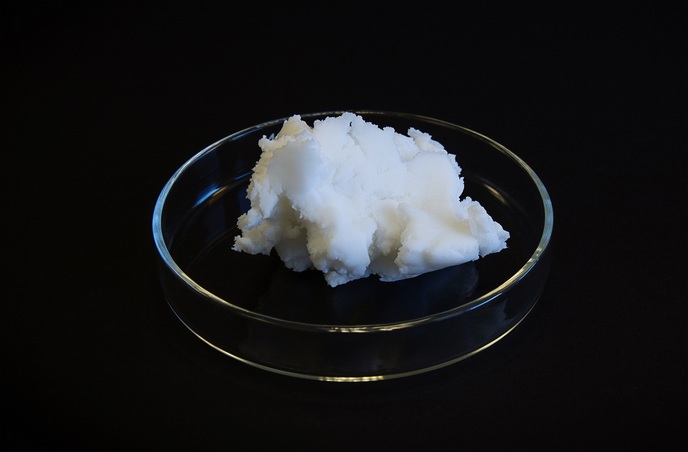Role of bacteria in plant pest metabolism uncovered
Plant-feeding insects represent a significant threat to agriculture. Their feeding behaviour causes defoliation, reduce plant growth and can sometimes kill crops. “These insects also cause indirect damage by transmitting deadly plant pathogens,” explains Marie Skłodowska-Curie fellow Emmanuelle Jousselin, research scientist at project host INRAE(opens in new window) in France. “This is especially true of insects that feed on plant networks which transport water and nutrients known as vascular tissues(opens in new window). Aphids are probably the most notorious example of this kind of insect.”
Insect feeding behaviour
Understanding insect feeding behaviour is essential to developing crop protection strategies. One important consideration is the relationship insects have with symbiotic bacteria that live within their cells. “Plants have low levels of nutrients,” adds Jousselin. “To get around this deficiency, many insects have evolved relationships with symbiotic bacteria, which are able to synthesise essential nutrients lacking in their diet.” The MicroPhan(opens in new window) project was launched in order to discover how bacteria become cooperative partners, and whether insects change these nutritional aids when they shift to new plants. Jousselin was also interested in determining the role of symbiotic bacteria in the long-term evolution of insects. This research was undertaken with the support of the Marie Skłodowska-Curie Actions programme(opens in new window). Jousselin focused on aphids(opens in new window) feeding on conifers. Hundreds of aphid species were analysed, to determine which bacteria were associated with each species. The project found that the aphids under investigation generally host two types of bacteria that participate in their nutrition. A primary bacterium, Buchnera aphidicola(opens in new window), coexists with a new bacterium that takes on metabolic functions. “This newcomer generally stays on board for quite a while – up to 30 million years in some cases – and co-evolves with its aphid hosts, and the primary bacteria,” notes Jousselin. “We found, however, several cases where this newcomer is replaced with another bacterium.” The project also found a type of bacterium acquired by aphids that feed on larches and Douglas firs that carries a specific metabolic function. Only aphids hosting this bacterium can feed on these trees. “This suggests that acquisition of this bacterium could have played a role in the colonisation of these conifers,” explains Jousselin.
Crop pest control
The project results provide new insights into the biology of sap-sucking insects. “We were able to confirm that their relationship with bacteria can change over time,” says Jousselin. “However, the fact that all bacteria generally bring the same function, suggests that their replacement might have little impact on aphid feeding behaviour.” The replacement of symbiotic bacteria over time could therefore be driven by factors such as competitive interactions between bacteria. “While this research is primarily fundamental, it expands our knowledge of the ecology of important pest species,” notes Jousselin. “From an applied perspective, understanding the role of symbiotic bacteria in insects could be crucial for predicting their resilience to environmental changes and their invasive potential. This could ultimately guide strategies for the control of agricultural pests.” The next steps, adds Jousselin, include understanding how aphids compartmentalise and control different symbiotic bacteria. “These bacteria are generally, but not always, sheltered in specific cells,” she says. “It seems important to understand if and how these cells are regulated by aphids.” This might give insights into the extent to which aphids can control their symbiotic relationship, to optimise the benefits. “I certainly hope that this project encourages researchers to undertake more analyses uncovering the evolution of complex symbiotic associations,” concludes Jousselin.







